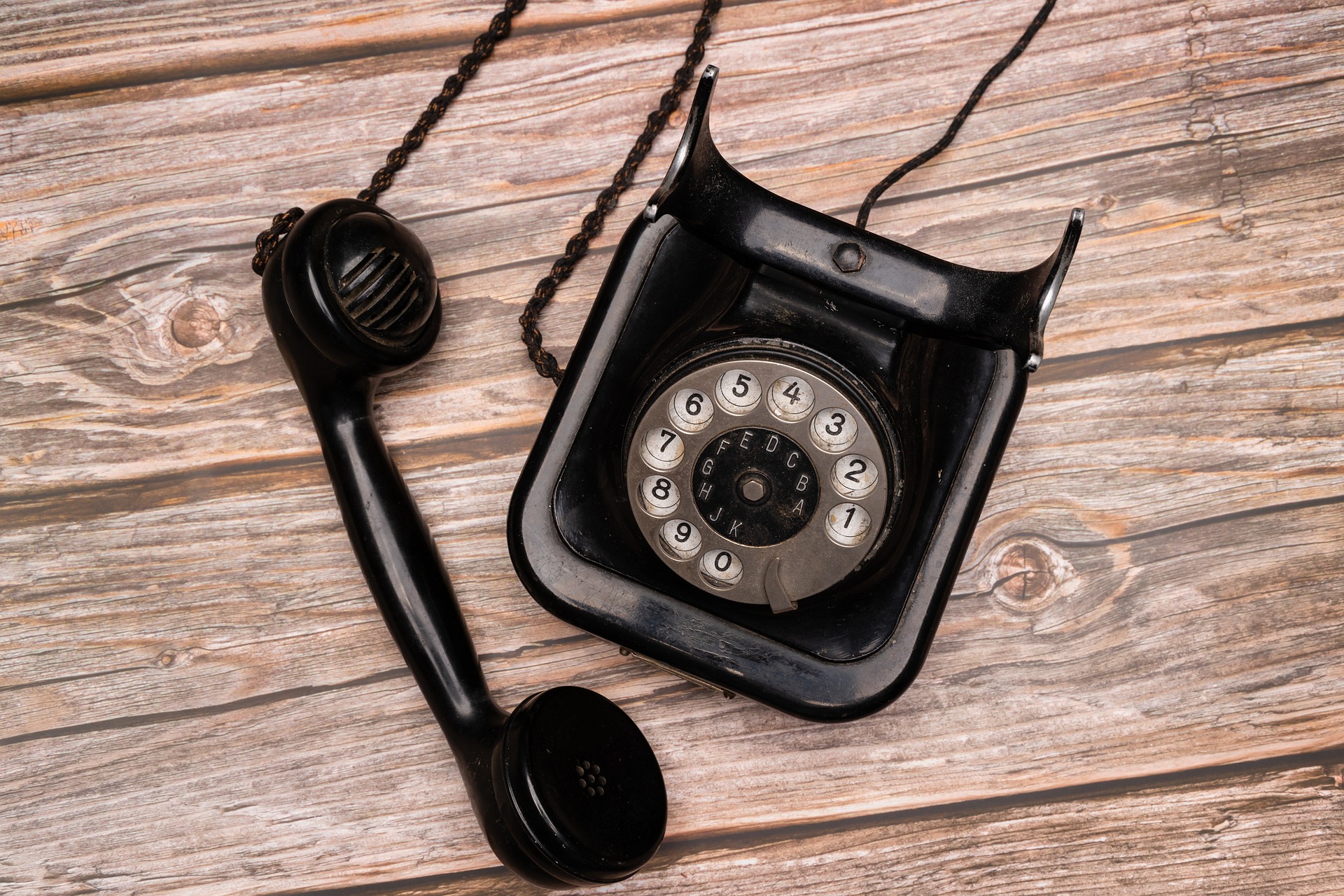Understanding the Power of LiDAR for Telecom Infrastructure
The telecom industry continuously thrives on innovation and the application of cutting-edge technologies, shaping the ways we communicate and connect. Lately, a technology once used primarily for military and aerospace applications, known as LiDAR (Light Detection and Ranging), is now making a significant impact in the world of telecommunications.

Raising the Bar with LiDAR
LiDAR uses laser-scanning technology to measure distance and create detailed representations of objects and environments. In telecom, it interfaces with Geographic Information System (GIS) technologies to map and design telecom network infrastructure effectively. LiDAR’s precision, speed and ability to penetrate foliage present an unparalleled advantage over traditional surveying methods.
Limitations of Traditional Surveying
Traditional surveying techniques for telecommunication networks are often time-consuming, costly and vulnerable to inaccuracies due to human error. Mapping out small or large scale infrastructures can take several days or even weeks using these methods. These limitations give LiDAR an edge over traditional surveying tools and methods.
Advantages of LiDAR for Telecom Networks
LiDAR works by emitting millions of light pulses per second in a full 360-degree radius to instantly map out a telecom network’s environment. The technology provides precise, minute, and tangible data on features such as the size, shape, density, and type of trees and buildings - all crucial when planning and designing a new telecom network. All this information can ascertain the best locations for network towers and other infrastructure, thus optimizing connectivity and network performance.
LiDAR Use Cases in Telecom Infrastructure
Several telecom service providers are already leveraging LiDAR to optimize their networks. For planning and designing telecom infrastructure, LiDAR can be used to measure the height of vegetation and determine if its growth may interfere with the signal. It can also assess the impacts of potential environmental changes. In maintenance tasks, LiDAR can identify cable sag and other structure deformities. This allows for predictive maintenance and quick resolution of problems before they cause service interruptions.
Functioning as a Game Changer
LiDAR can drastically transform the way telecom networks are planned, built, and maintained. It not only significantly reduces operational costs by reducing the time, labor, and resources required but also substantially improves network performance. With LiDAR, telecom companies can rapidly expand their network coverage, even in the most remote and challenging terrain, increasing accessibility for underserved populations.
Below are some interesting facts regarding LiDAR and the telecommunications industry:
- LiDAR was initially developed for submarine detection and has now found uses in numerous sectors like forestry, construction, archaeology, and, of course, telecommunications.
- LiDAR can produce 3D maps with a precision of up to 1 cm.
- Not all LiDAR systems are the same – some are for land-based surveying (terrestrial LiDAR), some for aerial surveying (airborne LiDAR), and others for underwater surveying (bathymetric LiDAR).
- Telecom companies like AT&T have partnered with LiDAR companies to revolutionize their infrastructure planning.
As advancements unfold, the adoption of LiDAR in telecom infrastructure planning and maintenance is bound to increase. It’s a powerful tool that telecom professionals should continue to watch closely. With its untapped potential and evolving capabilities, LiDAR promises a bright future for telecommunications and those who utilise it.




